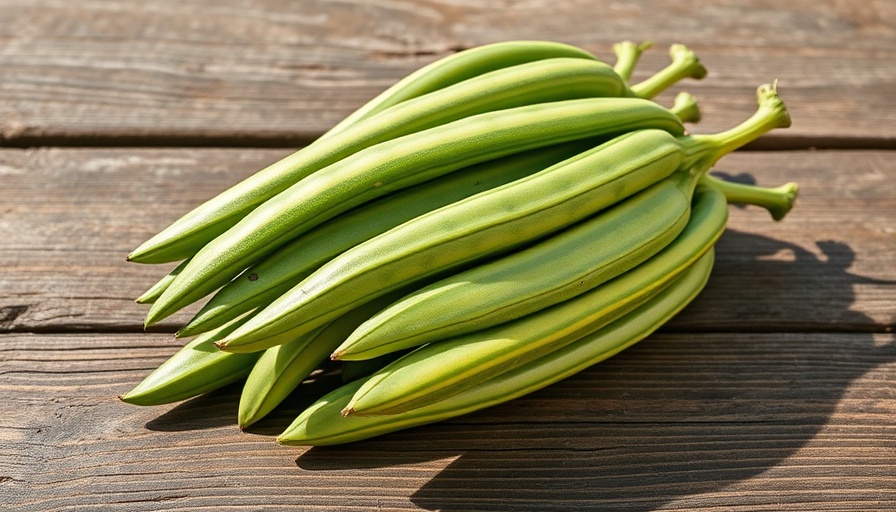
Why August is Crucial for Your Fall Garden
As the blazing summer sun begins to wane and days grow shorter, your garden holds untapped potential for a bountiful autumn harvest. Homeowners looking to maximize their garden's output can seize this optimal planting window available in August. This month serves as a bridge between the summer crops you've enjoyed and the fall vegetables that can sustain you as colder weather approaches.
Preparation: A Key Ingredient for Success
Before diving into specific crop choices, it is essential to prepare your garden space adequately. Begin with soil amending. As you clear out spring-sown crops like peas and greens, replenish the soil with a layer of fresh compost. Combining this practice with strategic planning—such as starting seeds indoors under grow lights—will provide your plants with a healthy jumpstart. Lettuces, for example, benefit significantly from early indoor sowing due to their slow germination rates in warmer soil.
Essential Vegetables to Plant in August
As you plan your late-summer planting, consider these top picks for vegetables:
- Turnips: These nutrient-rich vegetables thrive in cooler fall temperatures, making them a perfect choice for late-summer sowing.
- Cilantro: Enjoyed in various cuisines, cilantro's rapid growth allows for a quick harvest.
- Radishes: These fast-growing roots can be sown and harvested within weeks, offering immediate gratification.
- Lettuce: With many varieties available, lettuces are excellent for cooler weather as they mature and flourish in mild temperatures.
- Spinach: Known for its health benefits, this leafy green can tolerate cooler conditions and adds nutritional value to your fall diet.
Monitoring and Care for New Seeds
As you begin sowing, remember that newly planted seeds require diligent care. August soil can be quite warm and dry, which impacts germination rates. Watering is crucial; applying a gentle mist on bare soil helps maintain moisture without washing away seeds. During cooler evenings, make a habit of checking your planting areas, especially when rain is scarce. This proactive approach ensures that your crops get established before colder temperatures set in.
Microclimates: Your Secret Garden Advantage
Understanding your garden's unique microclimates can improve your planting strategy dramatically. If your space enjoys warmth from nearby structures or fencing, make the most of it by choosing heat-loving crops in those spots. Moreover, certain regions may have differences in growth rates; noting these variances allows you to experiment with timing and pairing different plants, ultimately yielding a more robust and diverse harvest.
Final Thoughts: Embracing the Unexpected in Gardening
While planning yields numerous benefits, gardening is often unpredictable. Last-minute vacations or other commitments can affect your planting schedule, yet flexibility remains a gardener's greatest ally. Many times, sowing a bit later still leads to a reasonable harvest, depending on your localized climate and ongoing care. As you venture into fall gardening, remember that patience, consistency, and observance of nature's cues will ultimately determine your success.
For keen gardeners and homeowners alike, August presents an opportunity to rejuvenate your green spaces and set the stage for a fruitful fall harvest. So gather those seeds and let the adventure of late summer planting begin!
 Add Row
Add Row  Add
Add 


Write A Comment